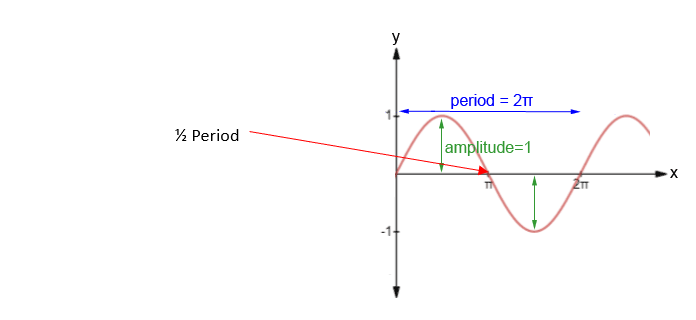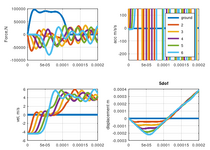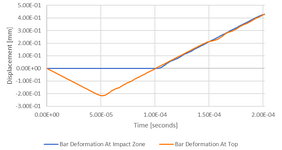yashsinghla
Mechanical
- Apr 25, 2025
- 3
A prismatic bar of cross section A, length L and mass m falls from a height h. What is the impact force on the bar? and also stress generated in the bar?
Feel free to use any other parameter or variable that might've been missed.
Feel free to use any other parameter or variable that might've been missed.




